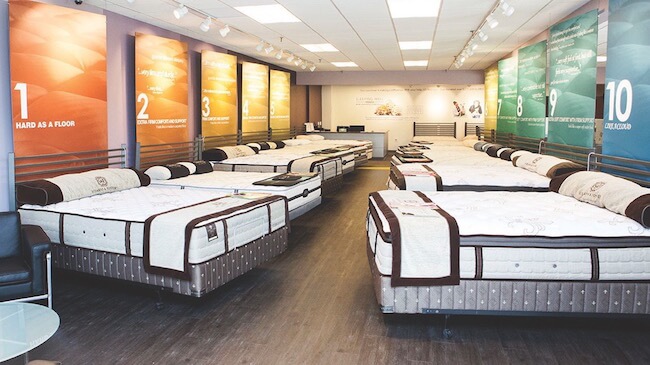Neutral living room colors are a popular choice for many homeowners because they provide a calming and versatile backdrop for any design style. Shades of white, beige, and gray are considered neutral and can create a clean and sophisticated look in your living room. These colors also work well with other bolder colors, making it easy to switch up your decor without having to repaint. Consider using off-white or cream for a warmer neutral look, or light gray for a cooler neutral feel. These colors can make your living room feel more spacious and airy, perfect for smaller spaces.1. Neutral Living Room Colors
For a cozy and inviting atmosphere, warm living room colors are the way to go. These colors evoke feelings of warmth and comfort, making them perfect for lounging and relaxing after a long day. Warm colors include shades of red, orange, and yellow. Burgundy, terracotta, and mustard are all great options for adding warmth to your living room. These colors can be used as accent walls or in furniture pieces to create a bold and inviting look.2. Warm Living Room Colors
In contrast to warm colors, cool living room colors create a more serene and calming environment. These colors are typically found on the blue and green spectrum and can make your living room feel more tranquil and refreshing. Aqua, mint, and lavender are all cool colors that work well in a living room. These colors can also be paired with warm accents, such as wood or metallics, to create a balanced and inviting space.3. Cool Living Room Colors
Earthy living room colors bring the beauty of nature into your home. These colors are inspired by elements found in the outdoors, such as greens, browns, and grays. Earthy tones can create a warm and inviting atmosphere, perfect for a cozy living room. Forest green, rust, and taupe are all great options for an earthy living room color scheme. These colors can be used in a variety of ways, from accent walls to furniture pieces, to create a natural and inviting space.4. Earthy Living Room Colors
If you're looking for a softer and more delicate color palette, pastel living room colors are a great choice. These colors are muted versions of their brighter counterparts and can add a touch of sweetness and charm to your living room. Pale pink, soft blue, and lavender are all popular pastel colors for a living room. These colors can be used as an overall color scheme or as accents to add a pop of color to a neutral room.5. Pastel Living Room Colors
For those who want to make a statement with their living room, bold colors are the way to go. These colors are vibrant and eye-catching, perfect for creating a focal point or adding energy to a room. Teal, mustard yellow, and deep purple are all bold living room colors that can add personality and character to your space. These colors work well with neutral tones and can be used sparingly to create a dramatic effect.6. Bold Living Room Colors
A monochromatic color scheme involves using different shades of the same color in a room. This creates a cohesive and harmonious look that can be calming and sophisticated. Navy blue, sky blue, and light blue are all shades of blue that can be used in a monochromatic color scheme for a living room. This creates a serene and cohesive look, perfect for a relaxing and stylish space.7. Monochromatic Living Room Colors
Complementary colors are opposite each other on the color wheel and create a high-contrast and visually appealing look. This color scheme can add energy and interest to a living room, making it a great choice for those who want to make a statement. Orange and blue, purple and yellow, and green and pink are all complementary color combinations that can work well in a living room. These colors can be used in various ways, from accent walls to furniture pieces, to create a dynamic and eye-catching space.8. Complementary Living Room Colors
Analogous colors are next to each other on the color wheel and create a harmonious and cohesive look. This color scheme can add depth and interest to a living room without being too overwhelming. Red, orange, and yellow are all analogous colors that can create a warm and inviting living room. These colors can be used in varying shades to add dimension and interest to your space.9. Analogous Living Room Colors
Triadic colors are evenly spaced on the color wheel and create a vibrant and balanced look. This color scheme can be challenging to pull off, but when done right, it can create a unique and dynamic living room. Red, blue, and yellow are all triadic colors that can be used in a living room. These colors can be used in varying shades to create a bold and visually appealing space. In conclusion, choosing the right living room color can make a significant impact on the overall look and feel of your space. Consider your personal style, the size of your living room, and the mood you want to create when choosing a color scheme. With these top 10 main living room colors, you can create a beautiful and inviting space that reflects your unique personality and taste.10. Triadic Living Room Colors
The Importance of Choosing the Right Colors for Your Living Room

Creating a Welcoming and Harmonious Space
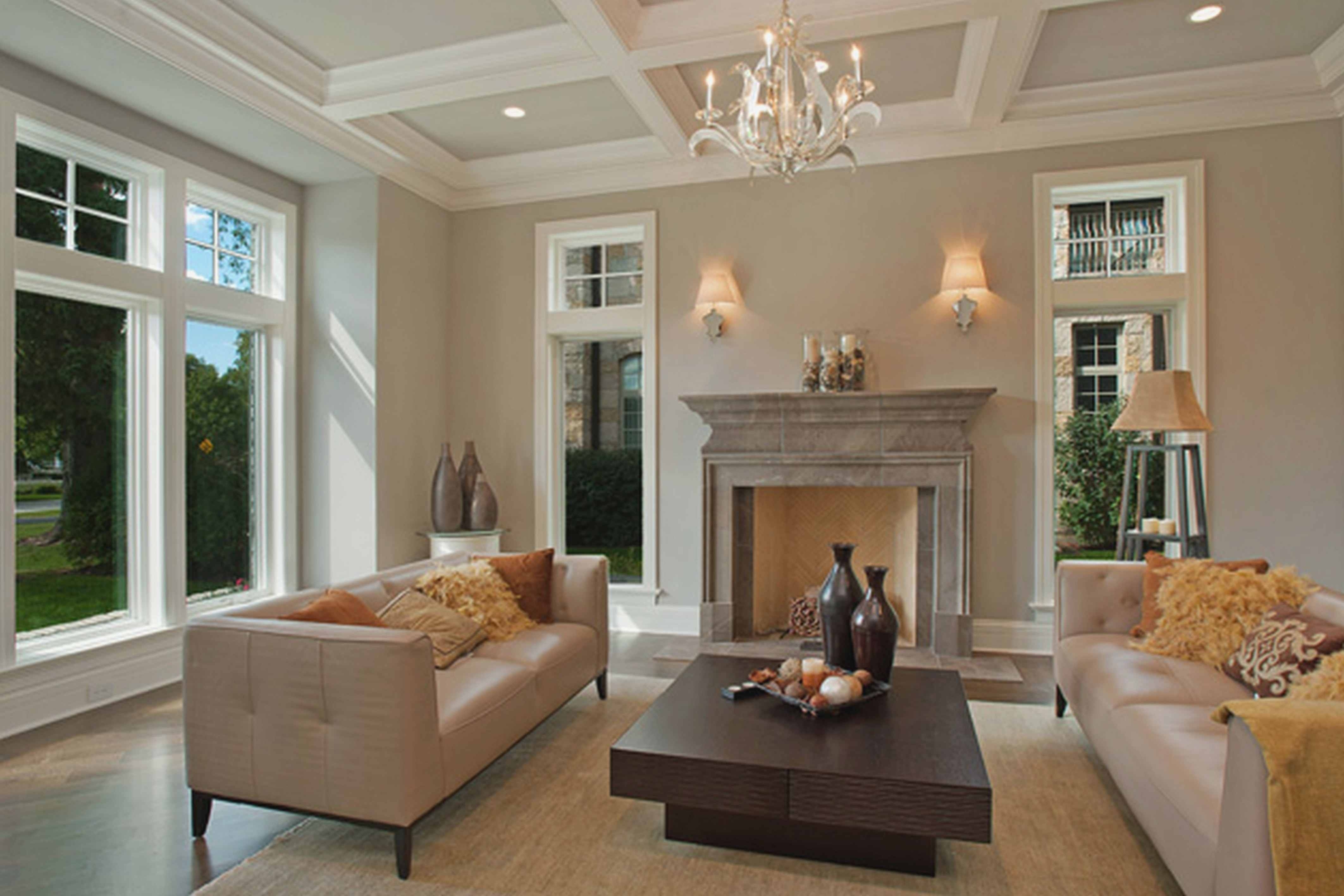 When it comes to designing our homes, the living room is often the first space we think about. It is where we entertain guests, relax after a long day, and spend quality time with our loved ones. Therefore, it is crucial to choose the right colors for this important space.
Nice living room colors
can greatly impact the overall atmosphere and mood of the room. They can make a space feel warm and inviting, or cool and calming. Not only that, but colors also have the power to affect our emotions and behavior, making it essential to choose wisely.
When it comes to designing our homes, the living room is often the first space we think about. It is where we entertain guests, relax after a long day, and spend quality time with our loved ones. Therefore, it is crucial to choose the right colors for this important space.
Nice living room colors
can greatly impact the overall atmosphere and mood of the room. They can make a space feel warm and inviting, or cool and calming. Not only that, but colors also have the power to affect our emotions and behavior, making it essential to choose wisely.
Creating Visual Interest
 Choosing the right colors for your living room can also add visual interest and depth to the space. A well-designed living room should have a balance of different shades and tones.
Neutral colors
such as beige, gray, and white can serve as a base, while
accent colors
like blue, green, or even a vibrant red can add pops of color and personality. This creates a dynamic and visually appealing space that is not only aesthetically pleasing but also reflects the homeowners' personality and style.
Choosing the right colors for your living room can also add visual interest and depth to the space. A well-designed living room should have a balance of different shades and tones.
Neutral colors
such as beige, gray, and white can serve as a base, while
accent colors
like blue, green, or even a vibrant red can add pops of color and personality. This creates a dynamic and visually appealing space that is not only aesthetically pleasing but also reflects the homeowners' personality and style.
Choosing Colors to Suit Your Needs
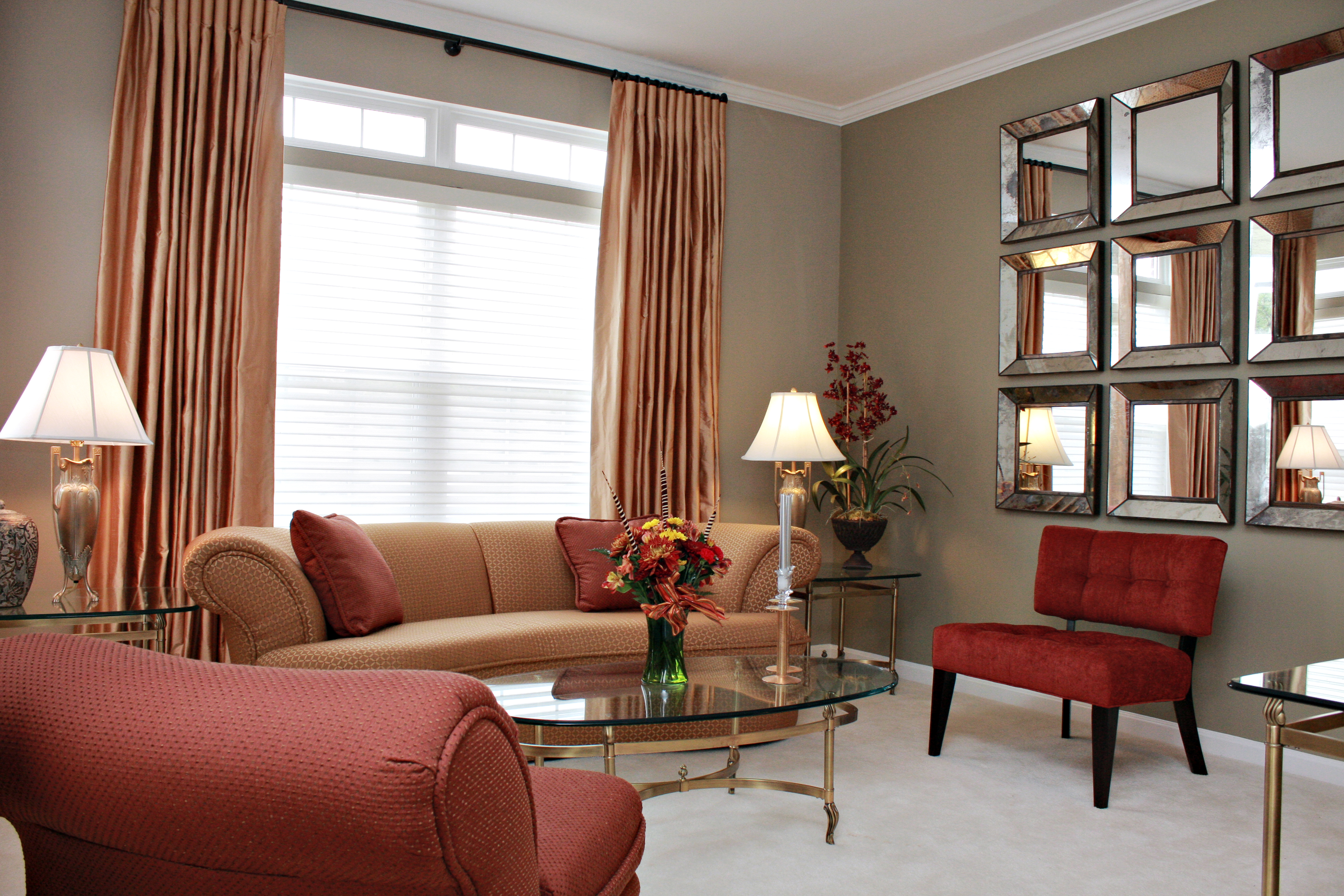 When deciding on colors for your living room, it is important to consider your needs and the activities that will take place in the space. For example, if you enjoy hosting parties and gatherings, warm and inviting colors like shades of red, orange, and yellow can create a lively and energetic atmosphere. On the other hand, if you prefer a calm and relaxing space, cool and soothing colors like shades of blue, green, and purple can promote a sense of tranquility and peace.
When deciding on colors for your living room, it is important to consider your needs and the activities that will take place in the space. For example, if you enjoy hosting parties and gatherings, warm and inviting colors like shades of red, orange, and yellow can create a lively and energetic atmosphere. On the other hand, if you prefer a calm and relaxing space, cool and soothing colors like shades of blue, green, and purple can promote a sense of tranquility and peace.
The Impact of Natural Light
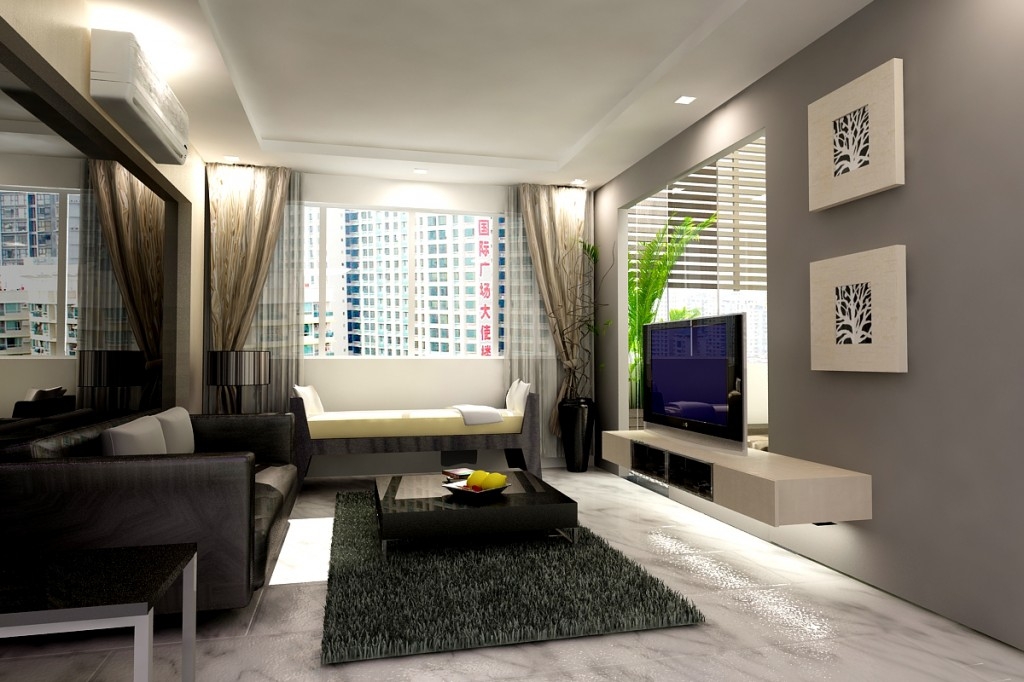 Another crucial factor to consider when choosing colors for your living room is natural light. Different colors can look dramatically different depending on the lighting in the room.
Light colors
can make a space feel more open and bright, while
dark colors
can make a space feel cozy and intimate. It is important to take into account the amount of natural light your living room receives and how it will affect the chosen colors.
In conclusion, choosing the right colors for your living room is essential for creating a welcoming, harmonious, and visually appealing space. Consider your needs, the impact of natural light, and the balance of different shades and tones when making your decision. With the right colors, your living room can become a true reflection of your style and personality while also promoting a positive and comfortable atmosphere for all who enter.
Another crucial factor to consider when choosing colors for your living room is natural light. Different colors can look dramatically different depending on the lighting in the room.
Light colors
can make a space feel more open and bright, while
dark colors
can make a space feel cozy and intimate. It is important to take into account the amount of natural light your living room receives and how it will affect the chosen colors.
In conclusion, choosing the right colors for your living room is essential for creating a welcoming, harmonious, and visually appealing space. Consider your needs, the impact of natural light, and the balance of different shades and tones when making your decision. With the right colors, your living room can become a true reflection of your style and personality while also promoting a positive and comfortable atmosphere for all who enter.



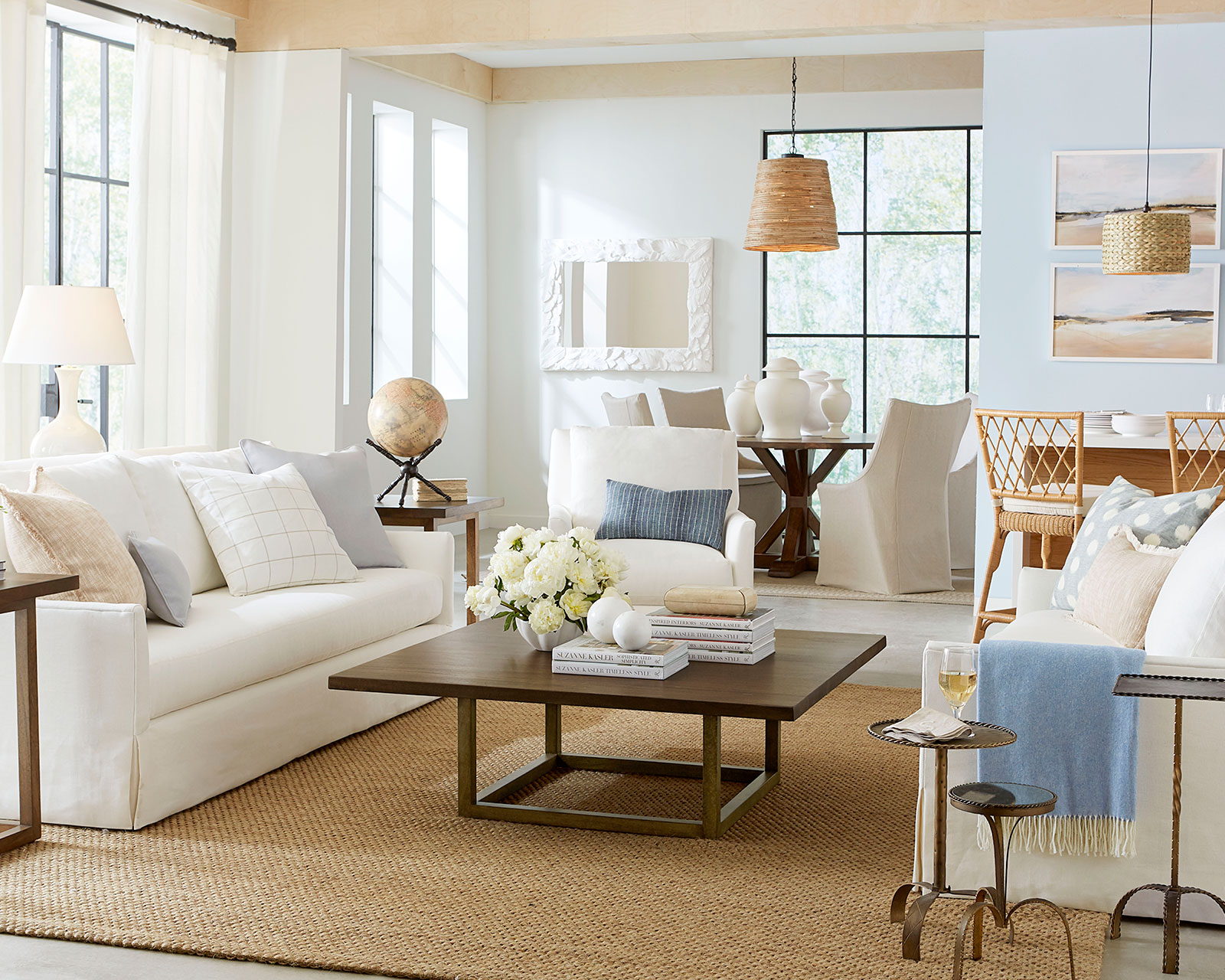
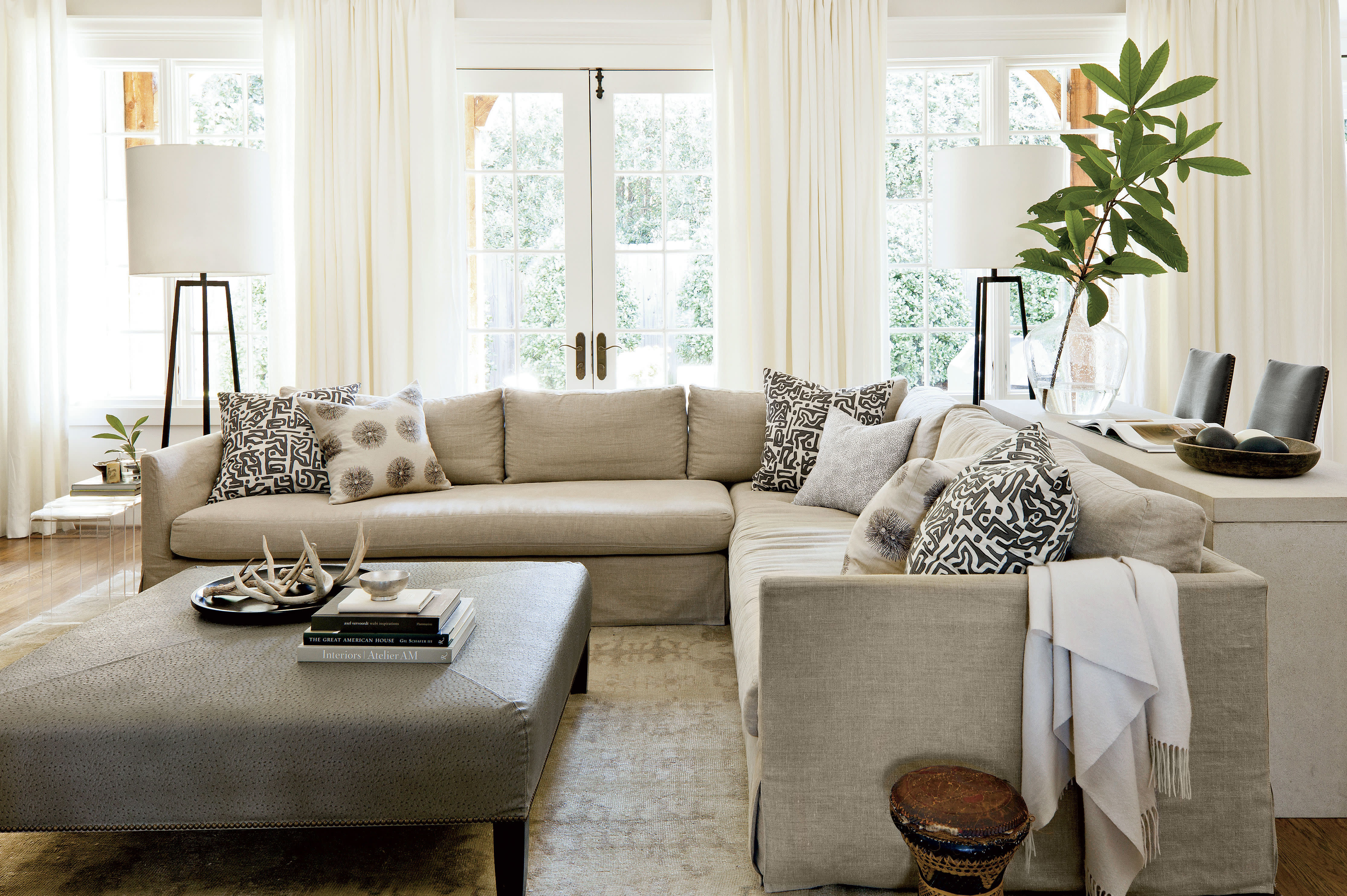
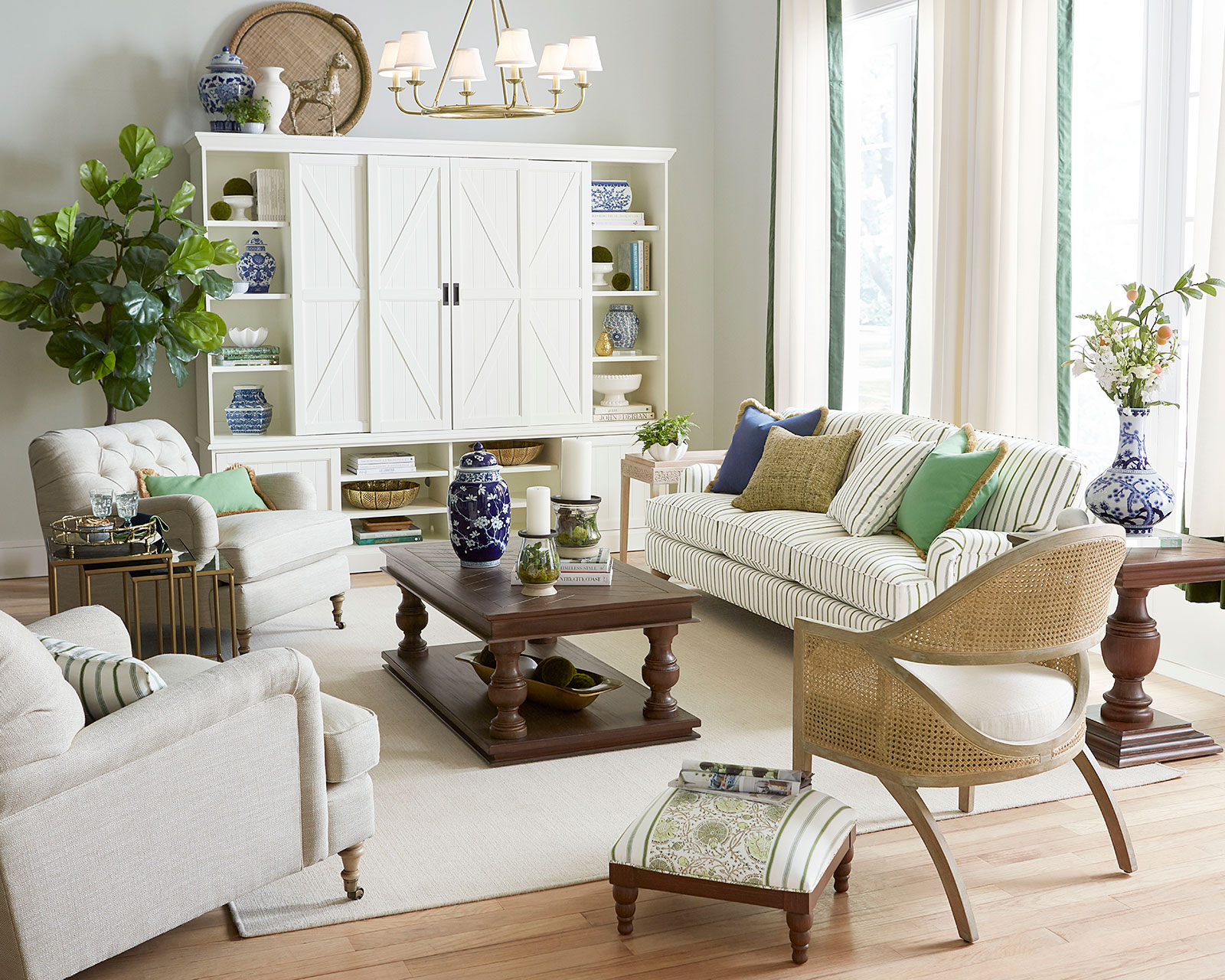
/Neutrallivingroom-GettyImages-568518365-5a6260a87d4be80036ac6b0c.jpg)



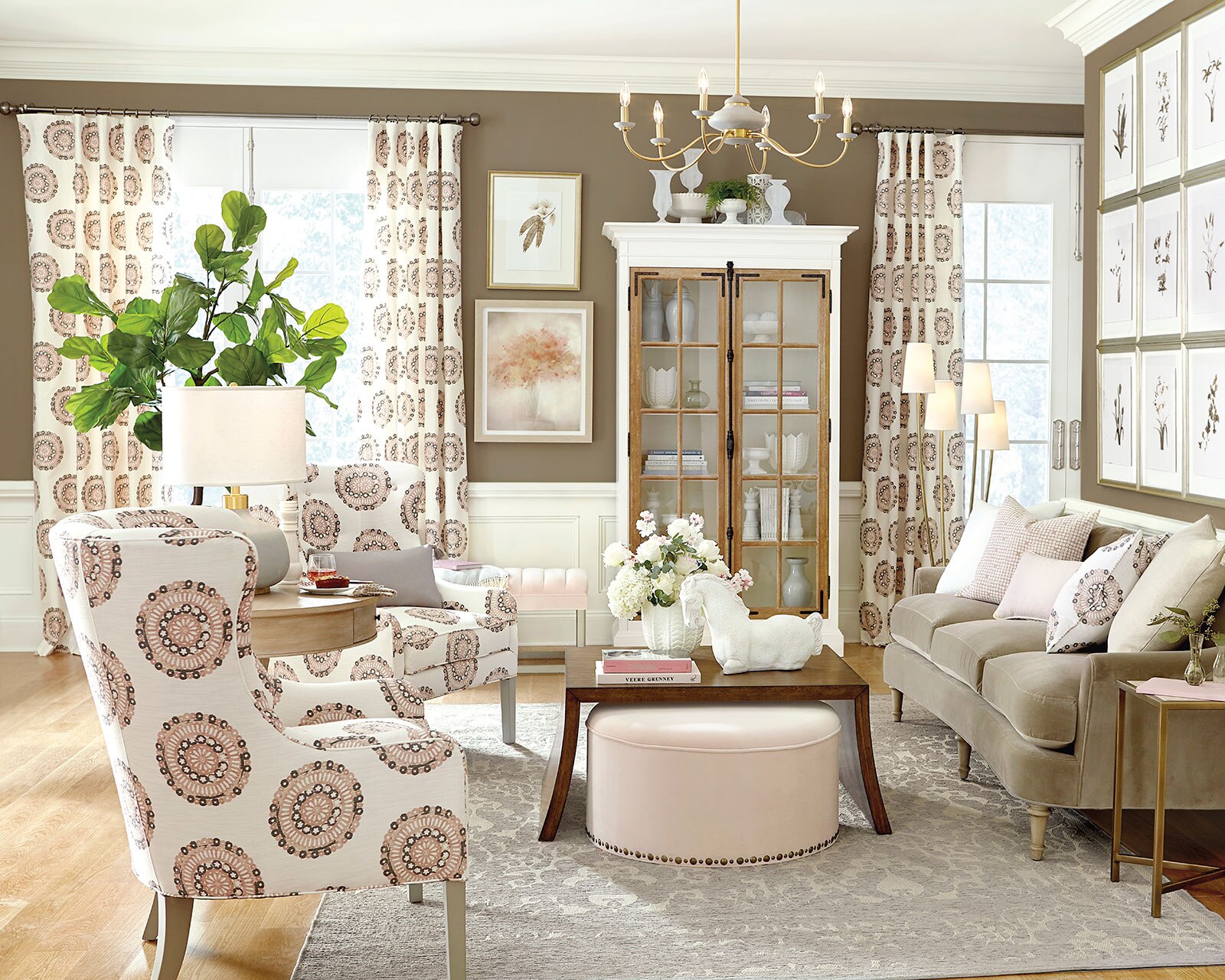


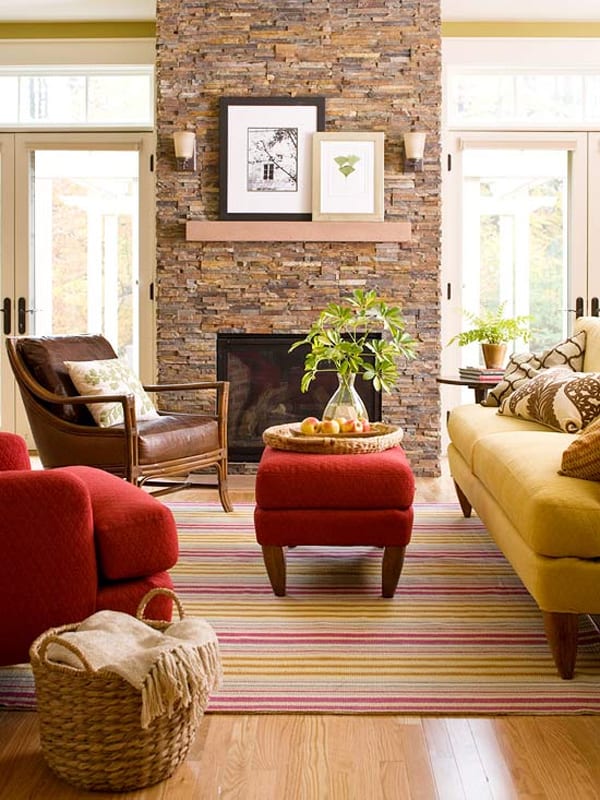
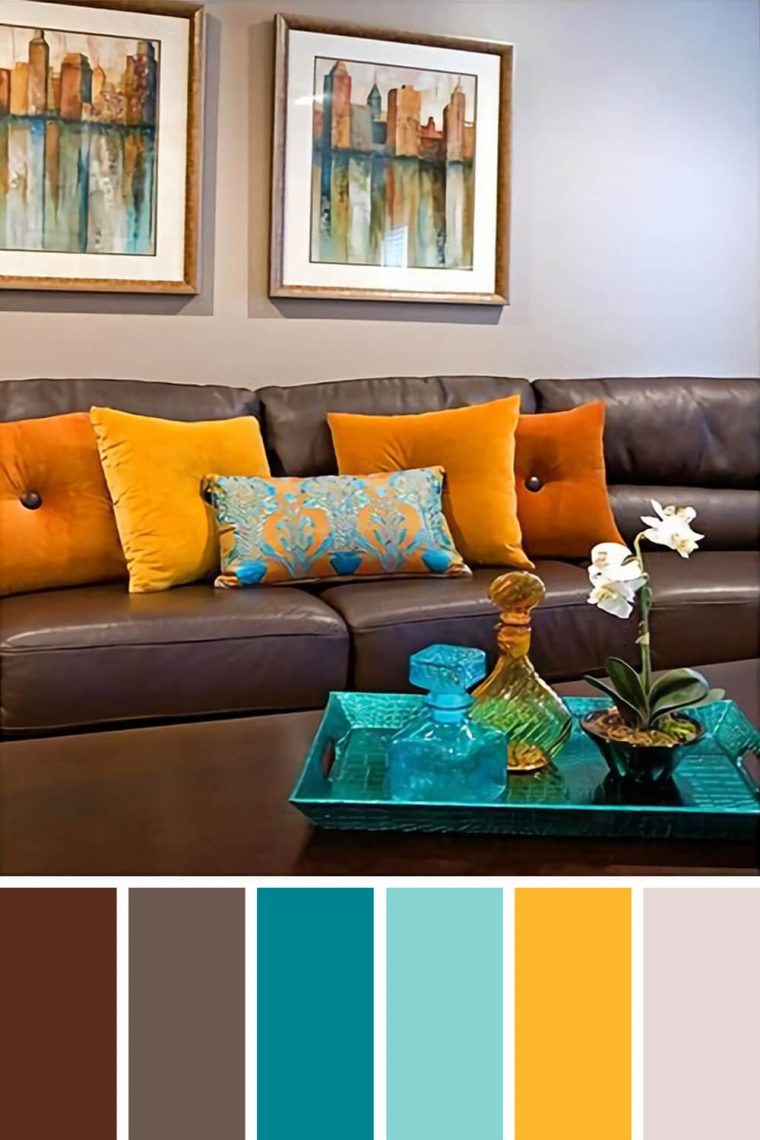


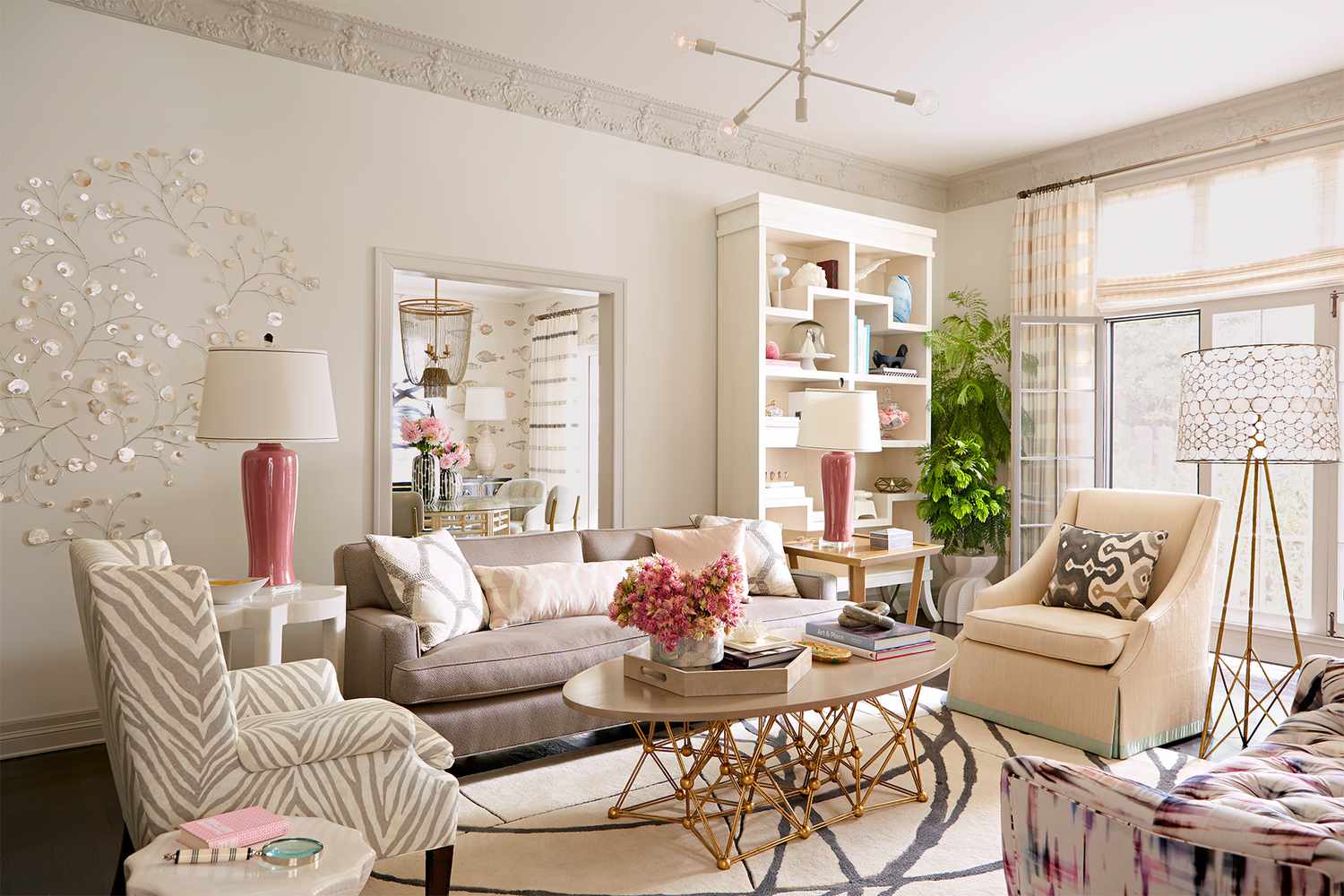
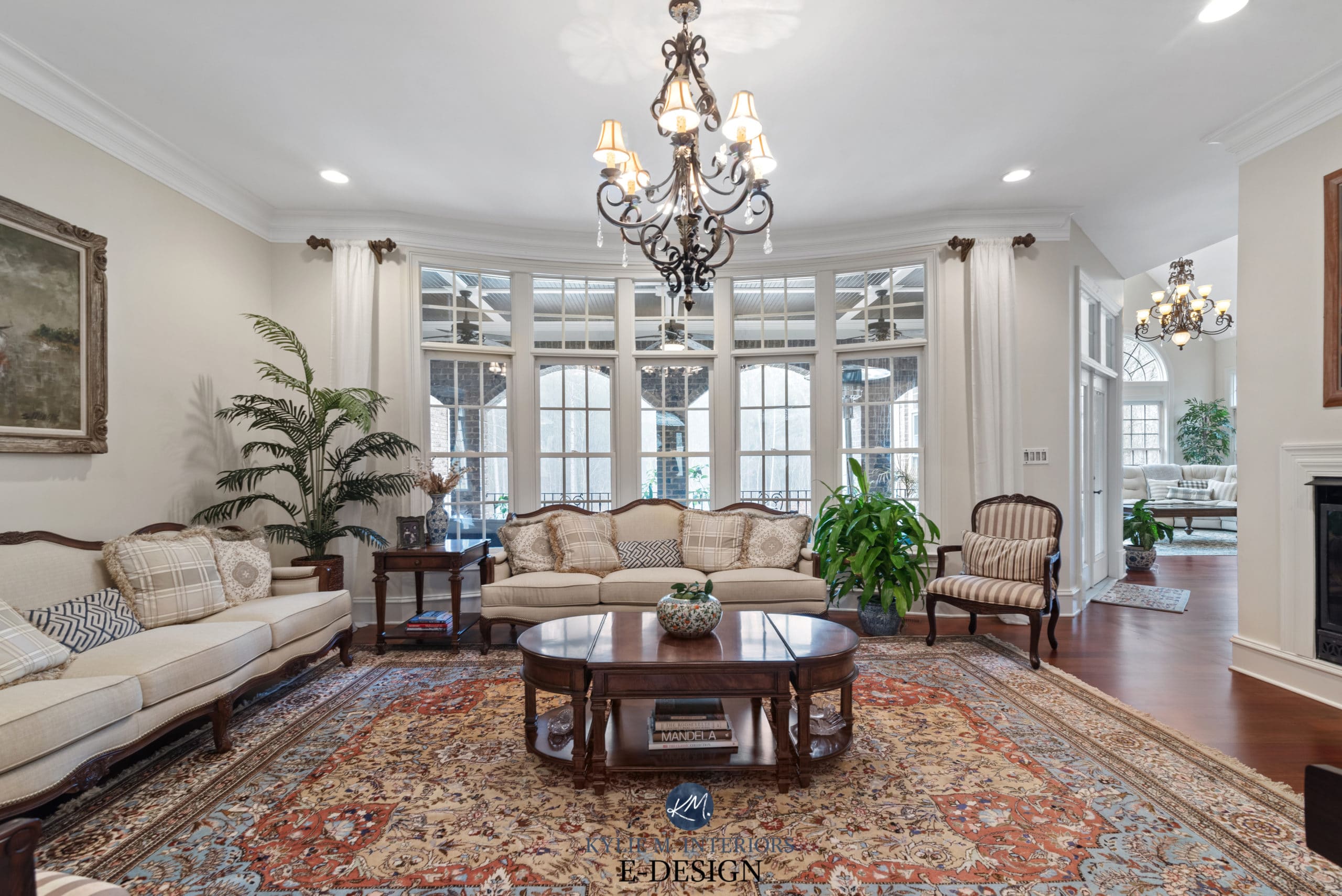


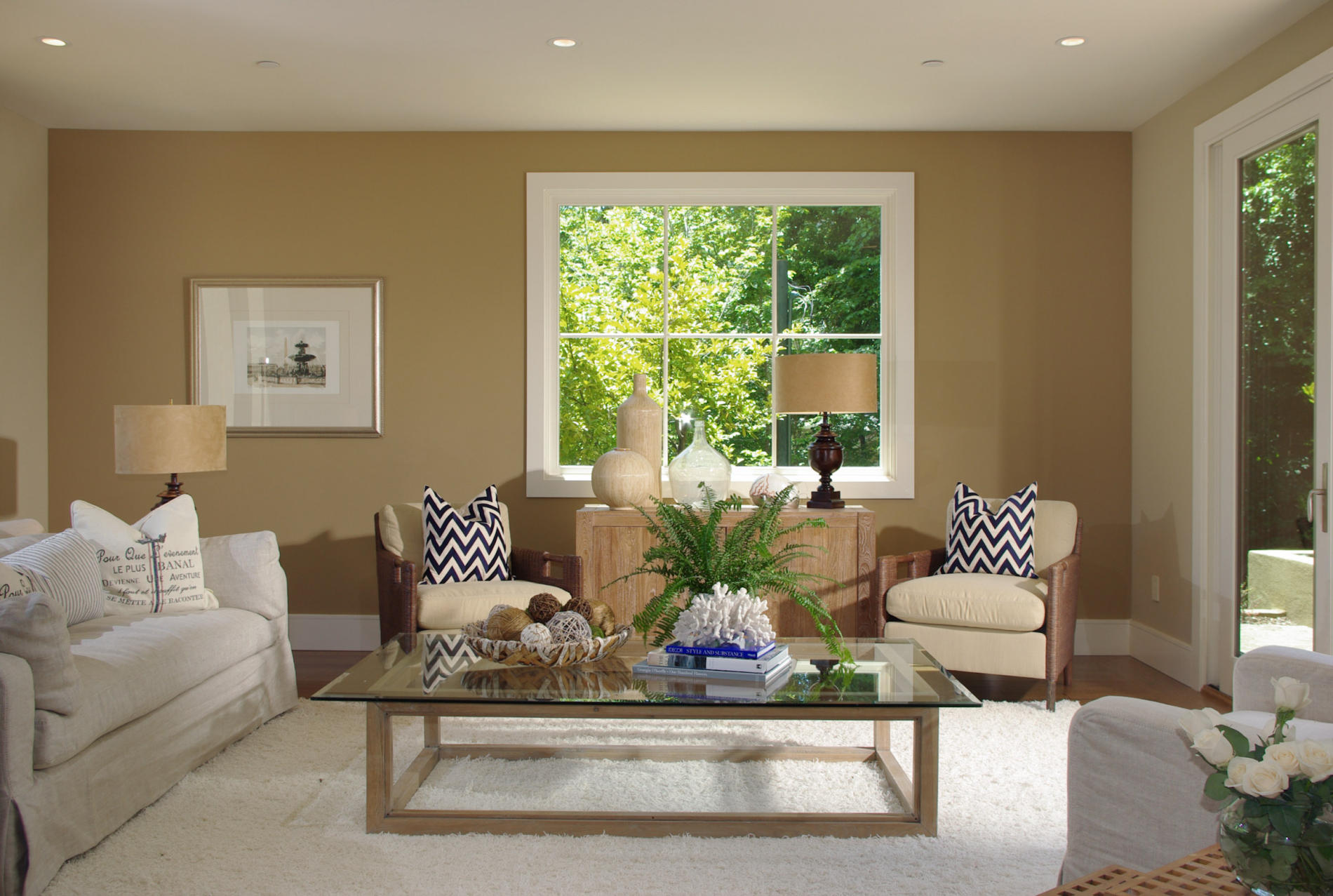


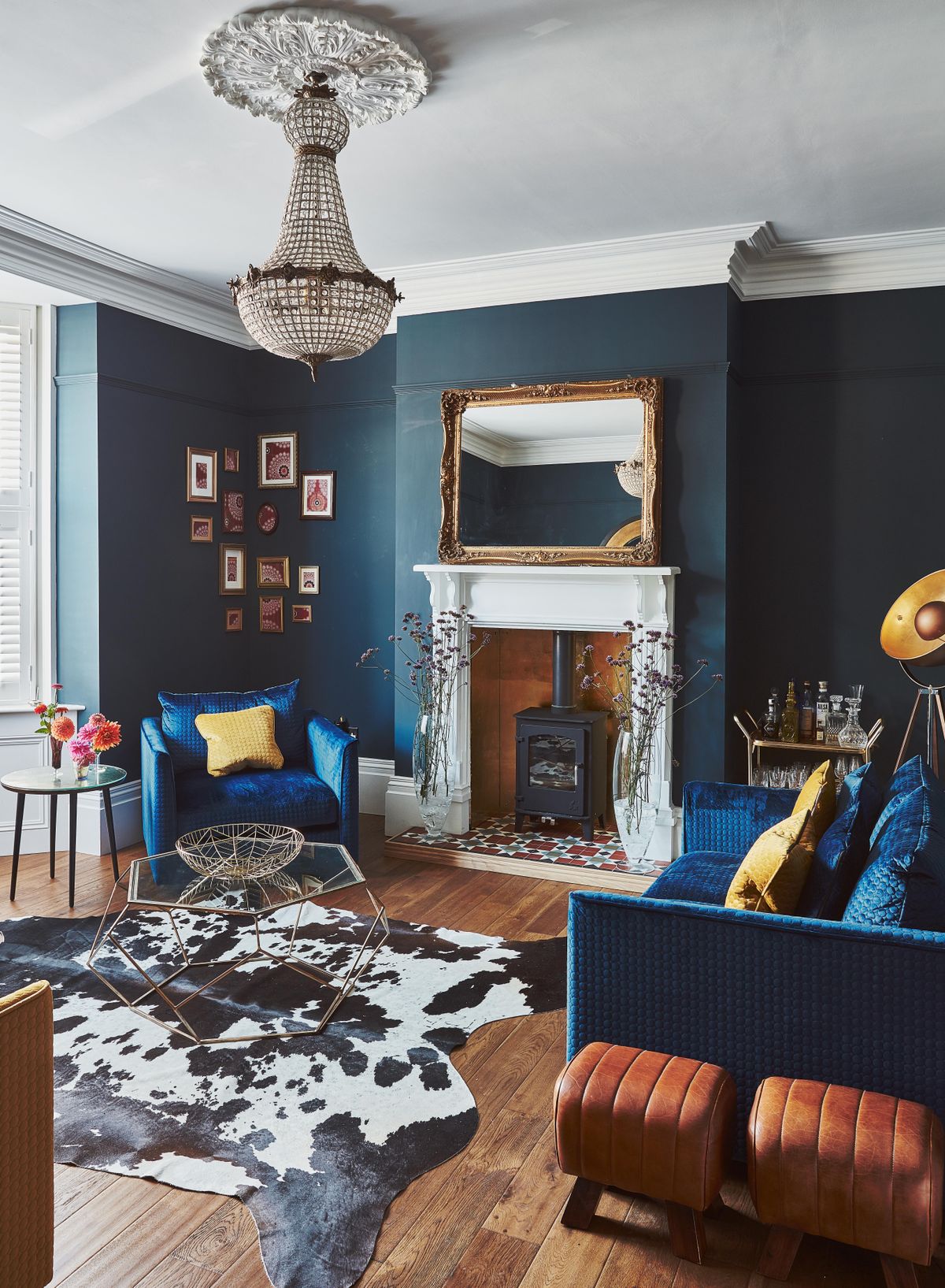

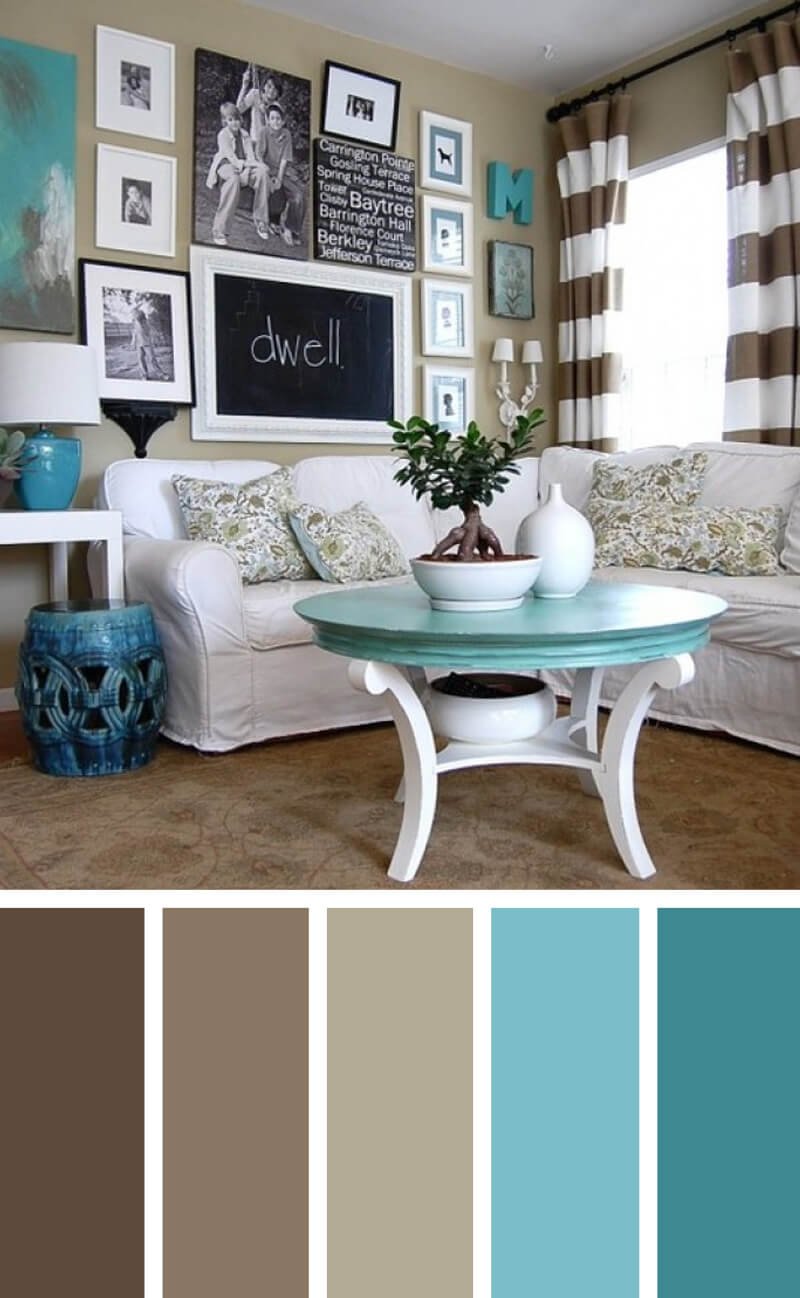

:max_bytes(150000):strip_icc()/Divaroom-5ad4ff7feb97de00371a098a.jpg)


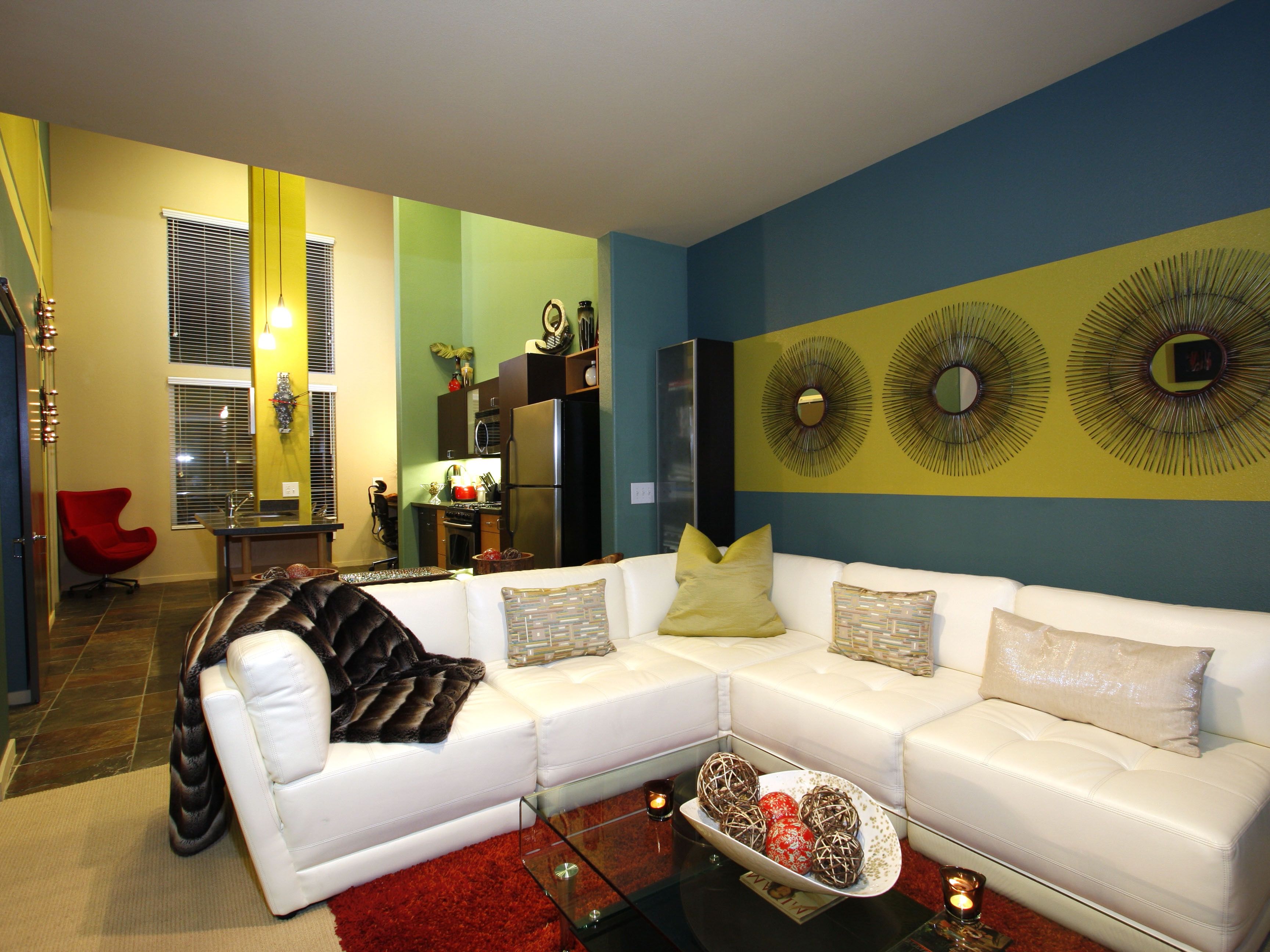

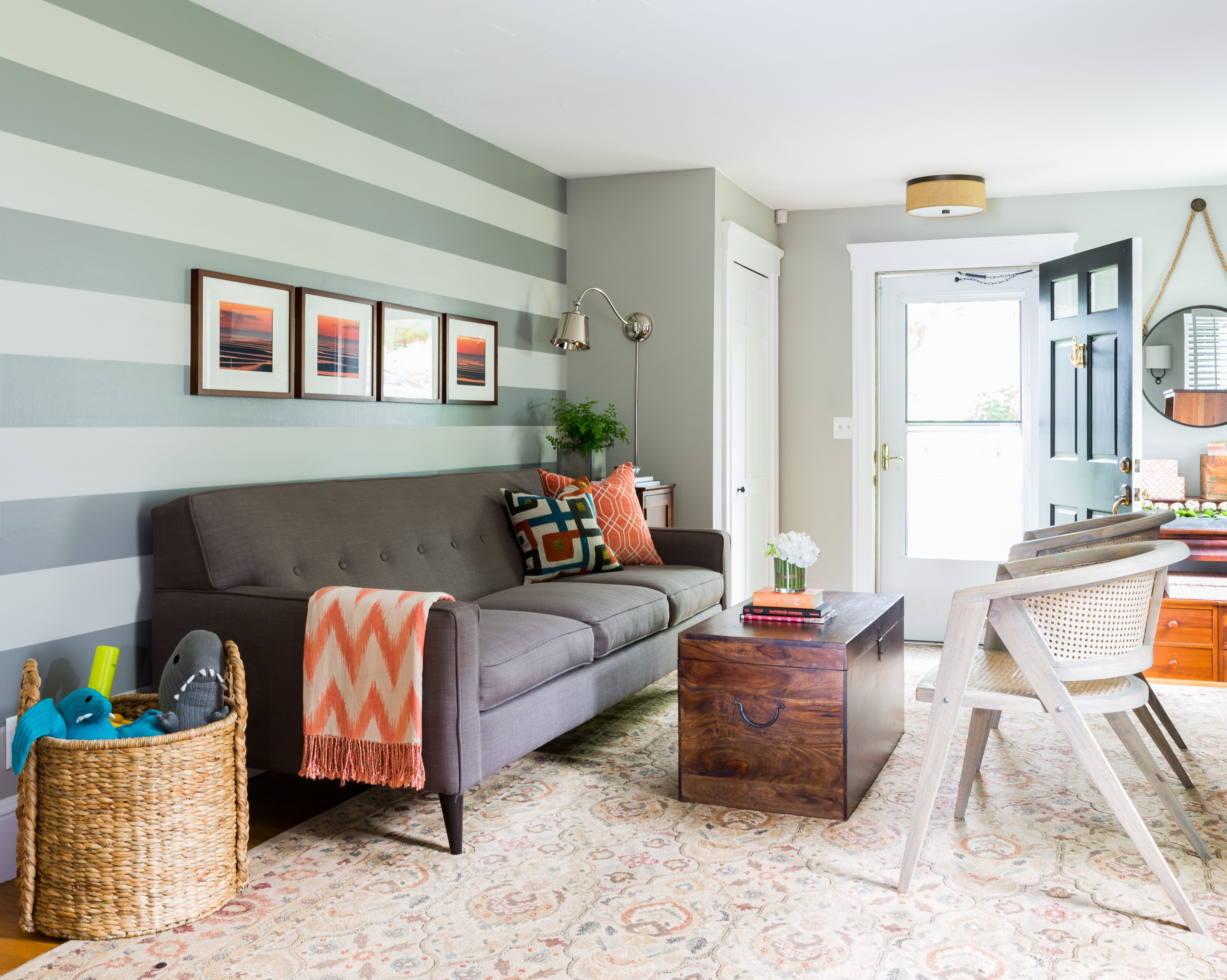

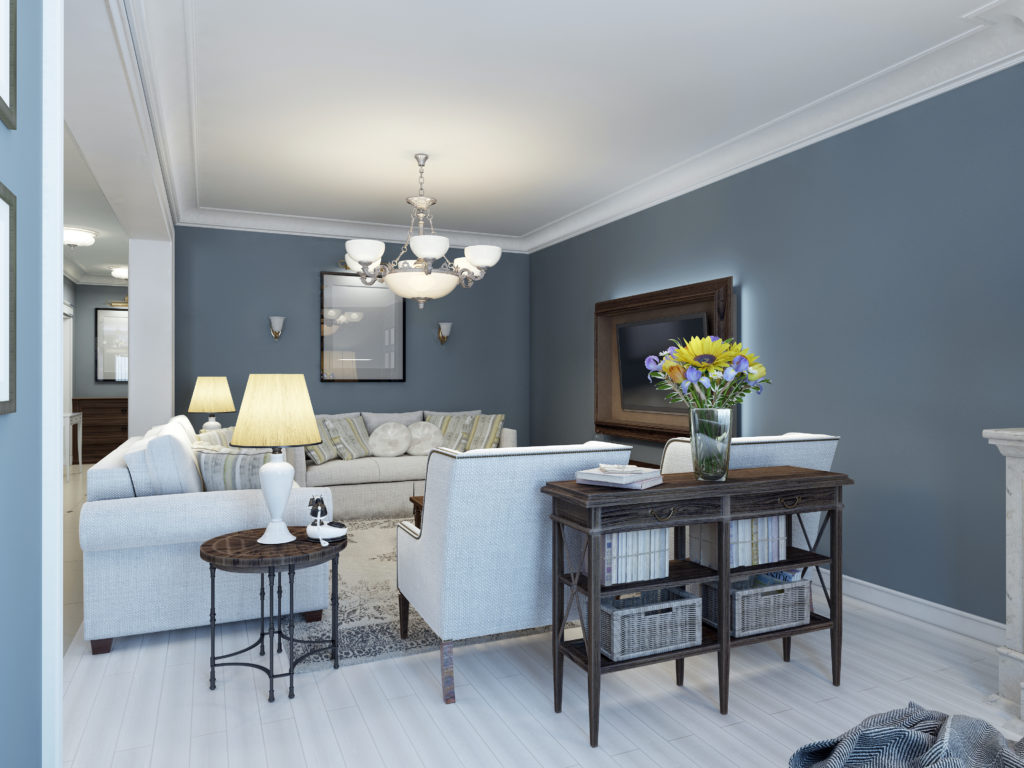



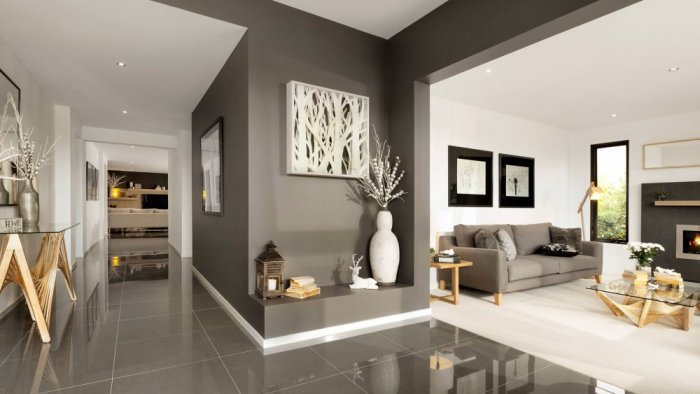
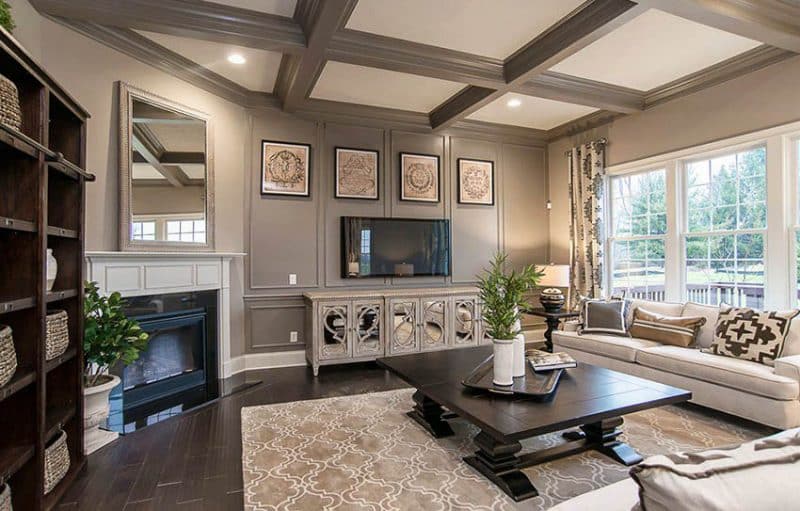




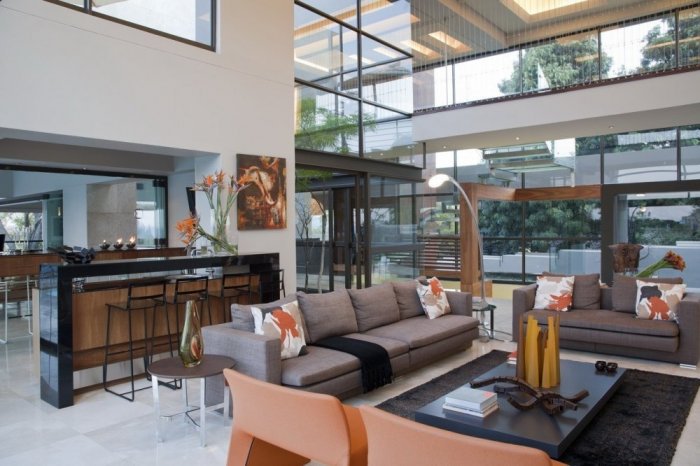

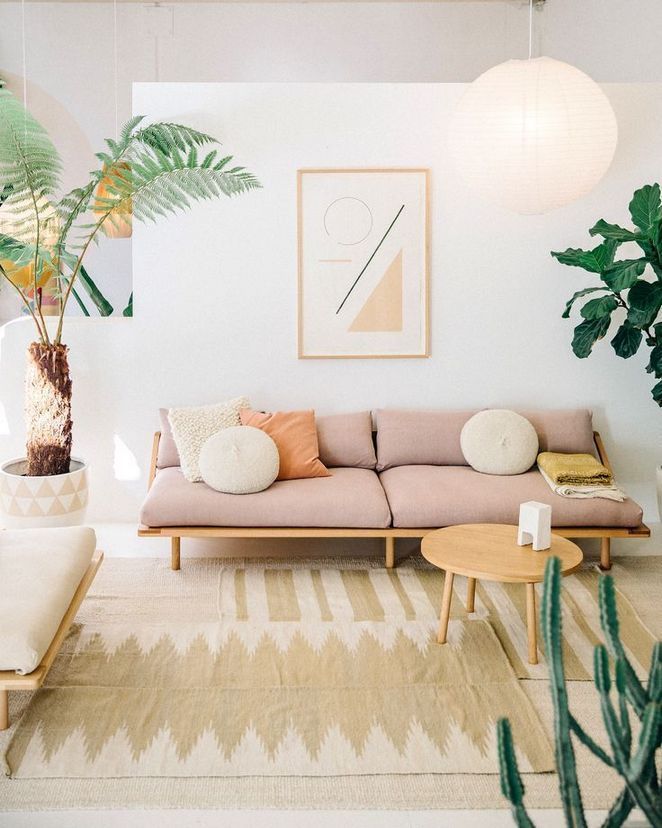





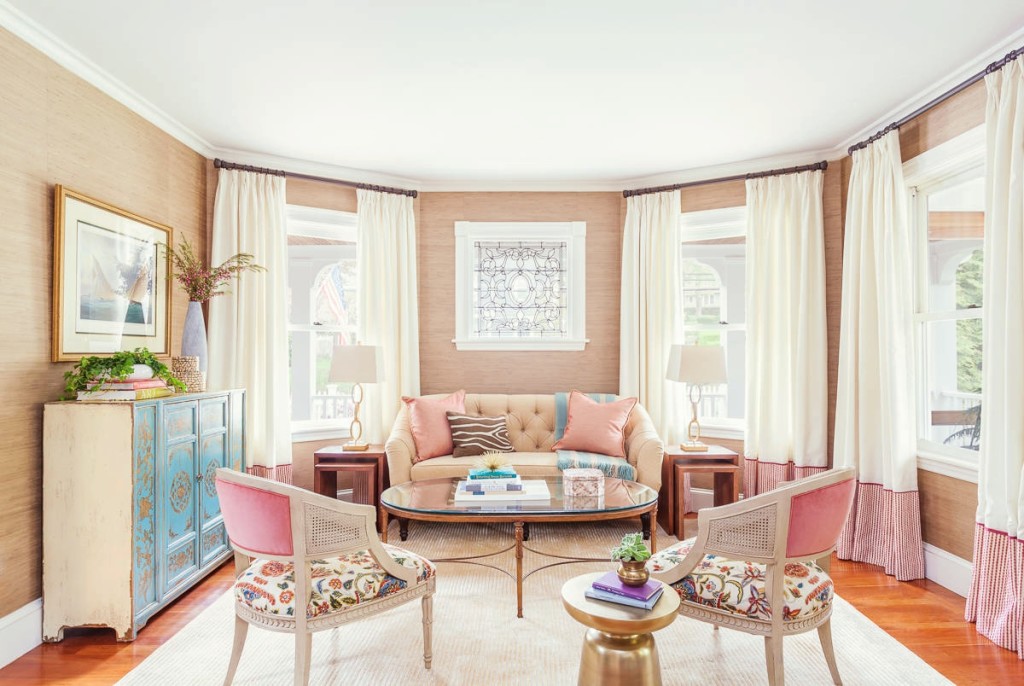

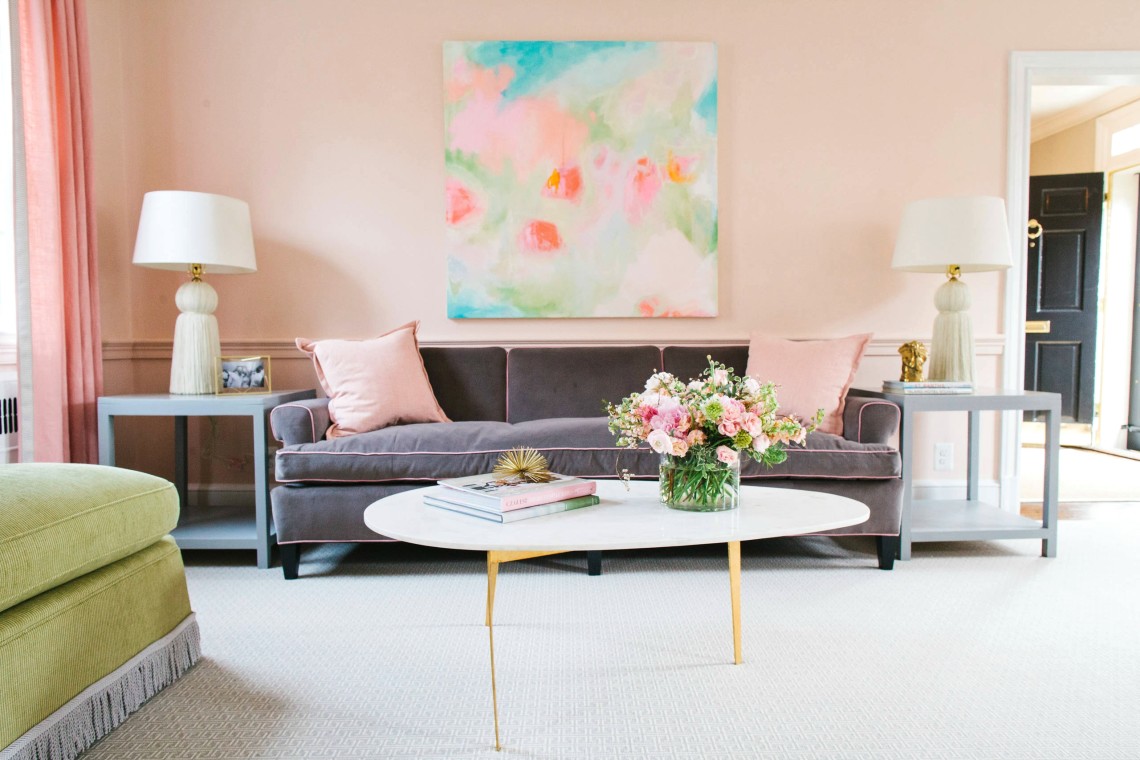




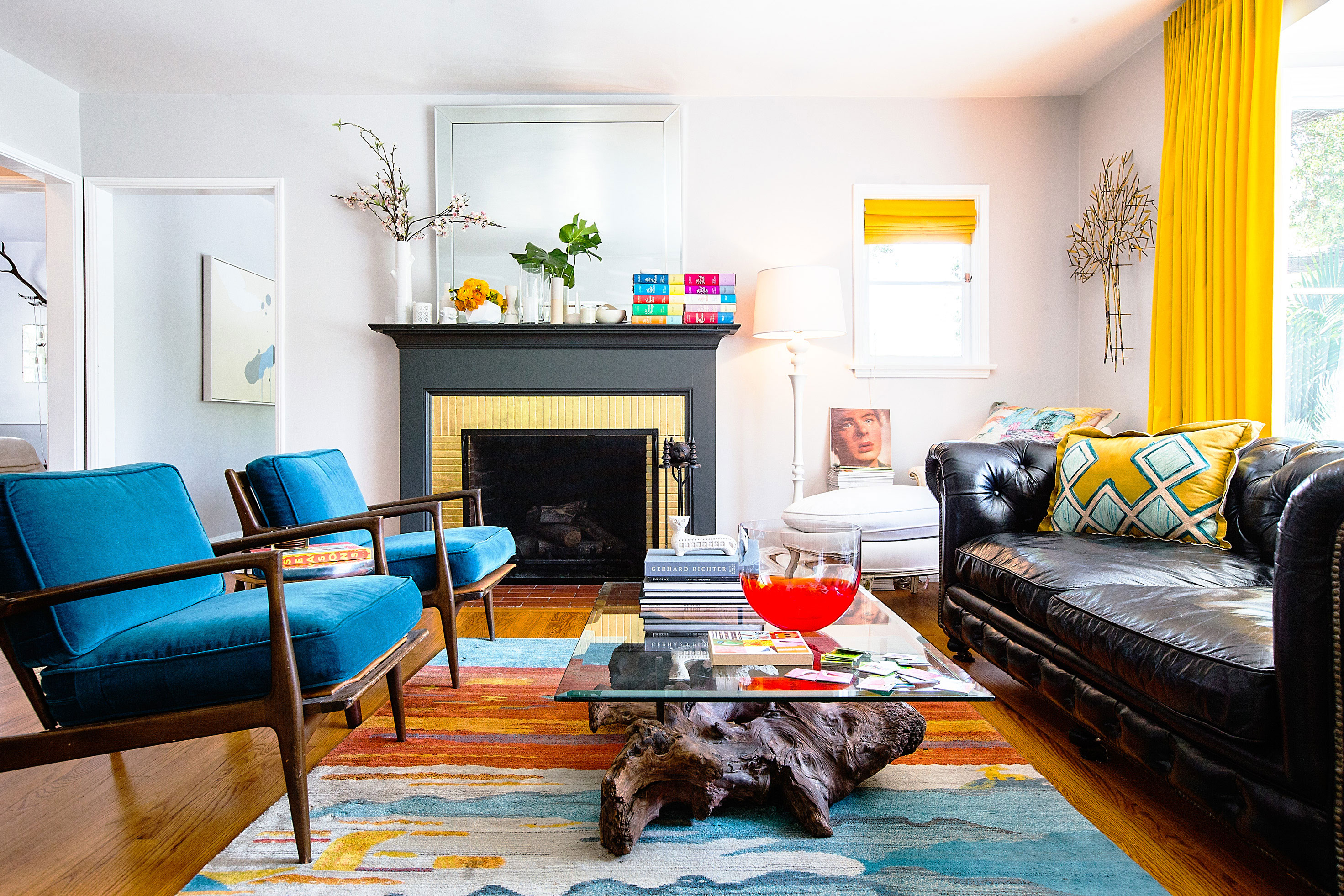



/cdn.vox-cdn.com/uploads/chorus_image/image/52717199/lowengart_green_street_15_10_02.0.jpg)
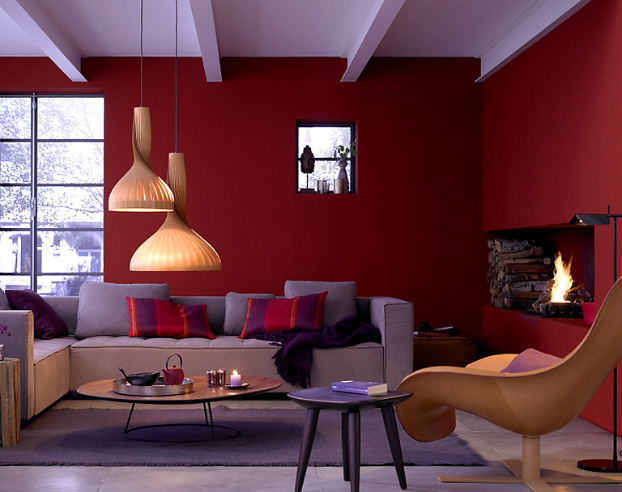





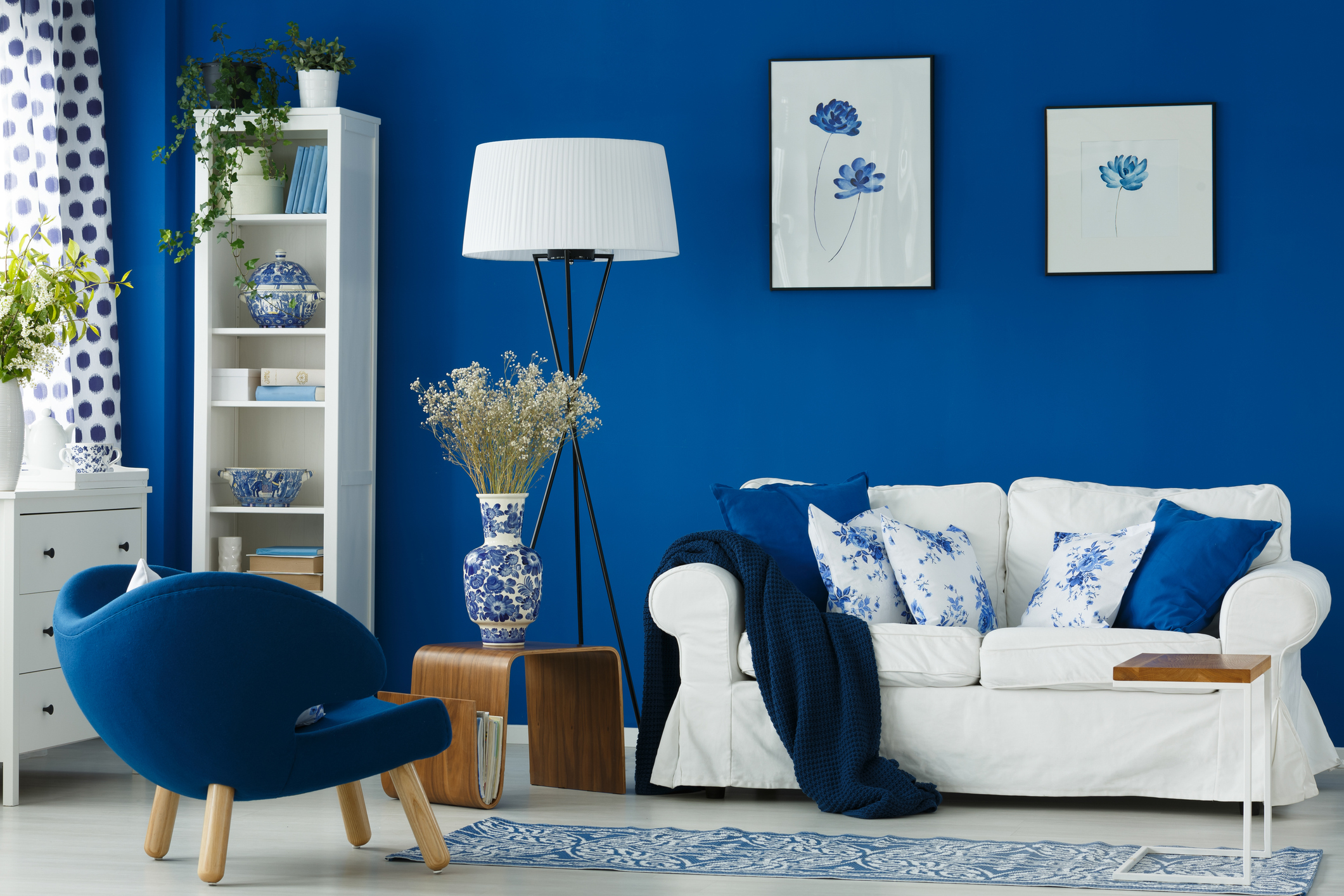
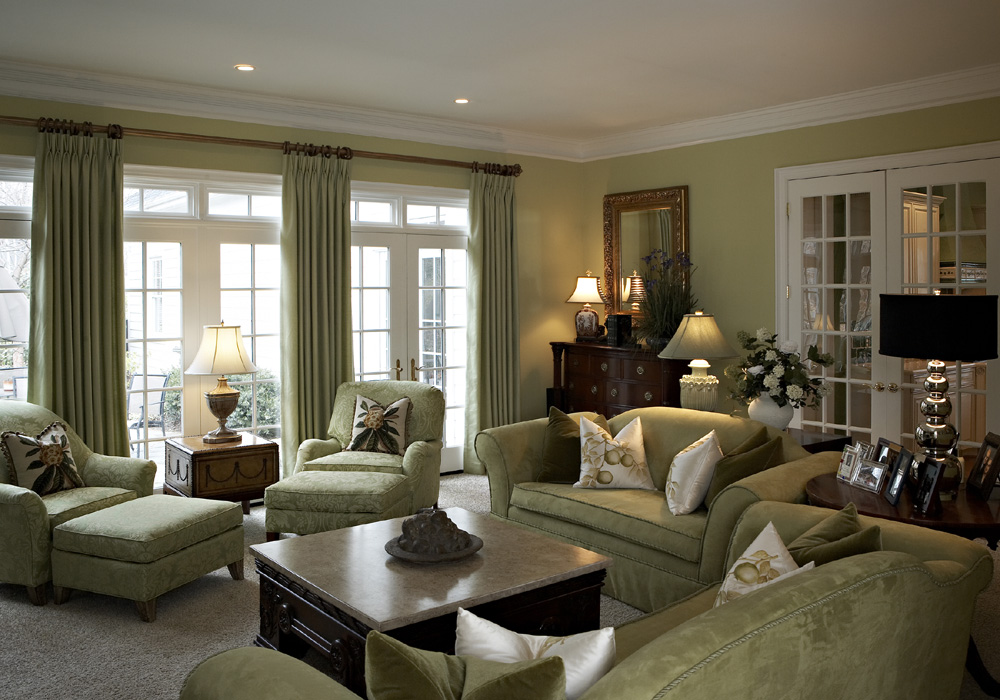
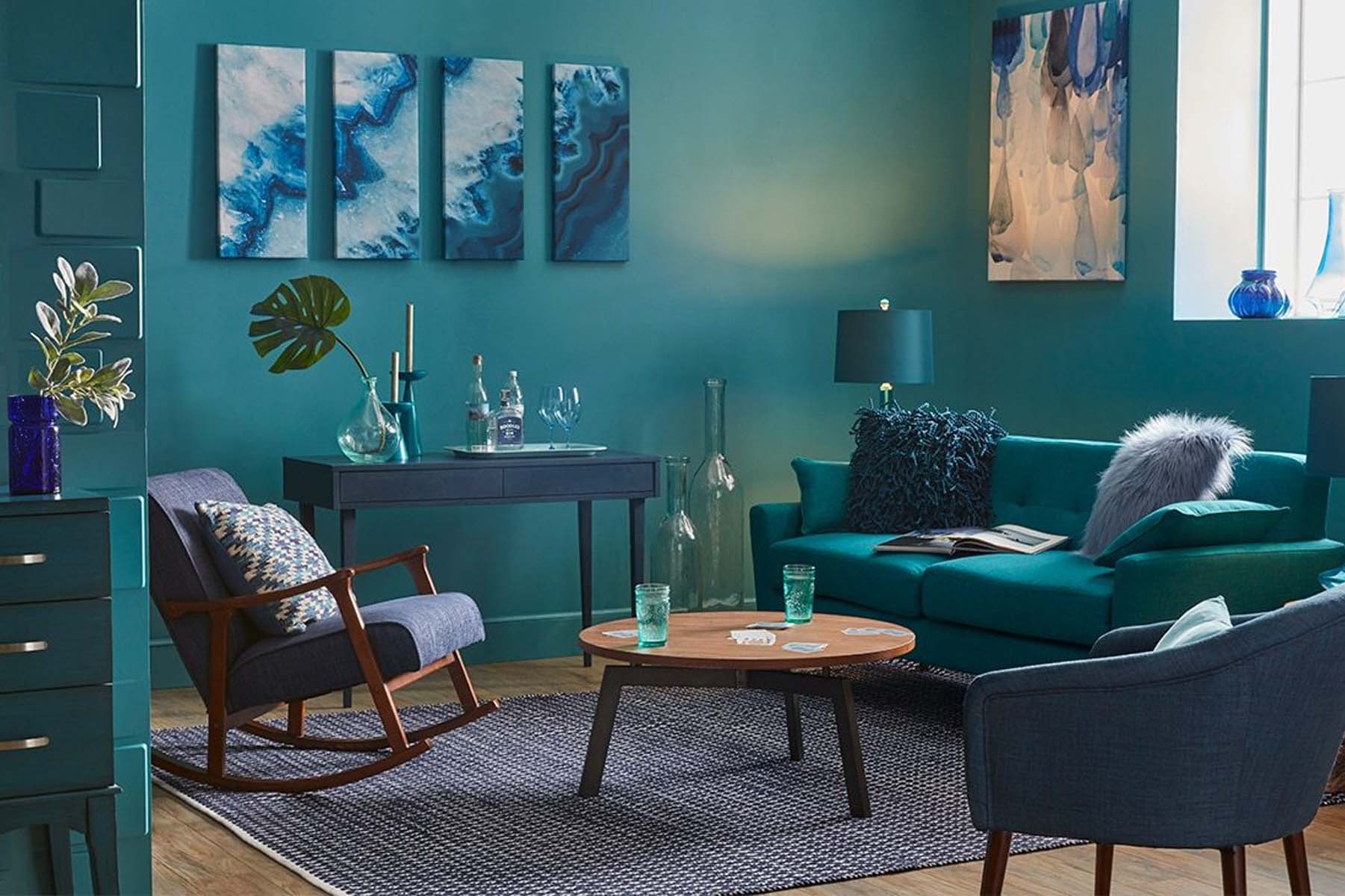


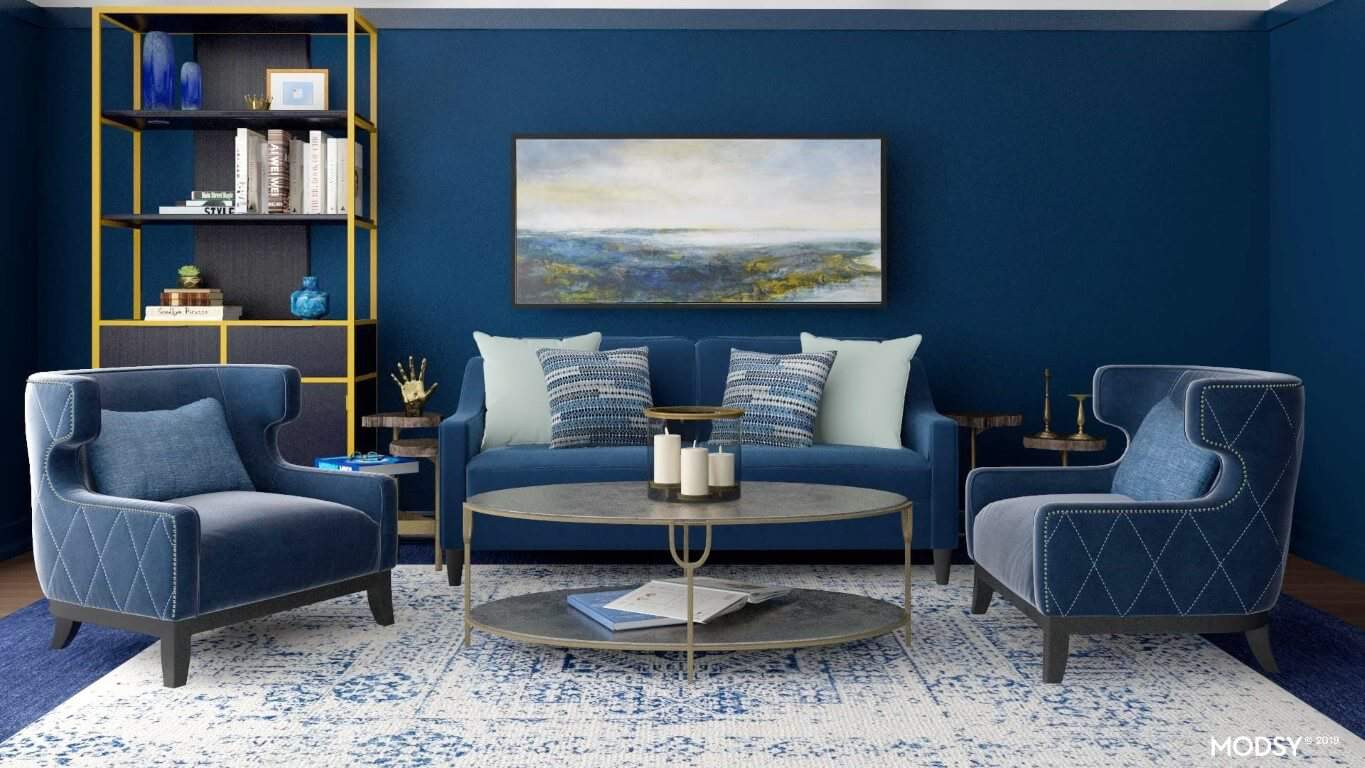
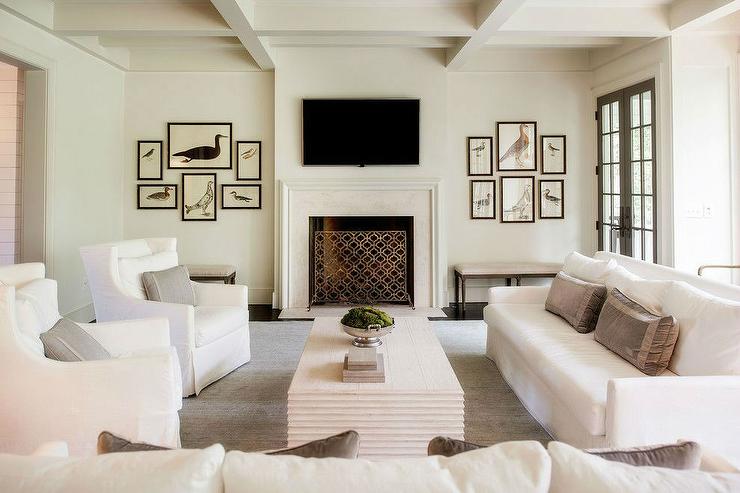
/GettyImages-1039616694-a4ab8e187fc649f6b069fb8ac5aabd8a.jpg)
:max_bytes(150000):strip_icc()/Litchfield_BeresfordHill_025-5b89787fc9e77c00258aa53c.jpg)


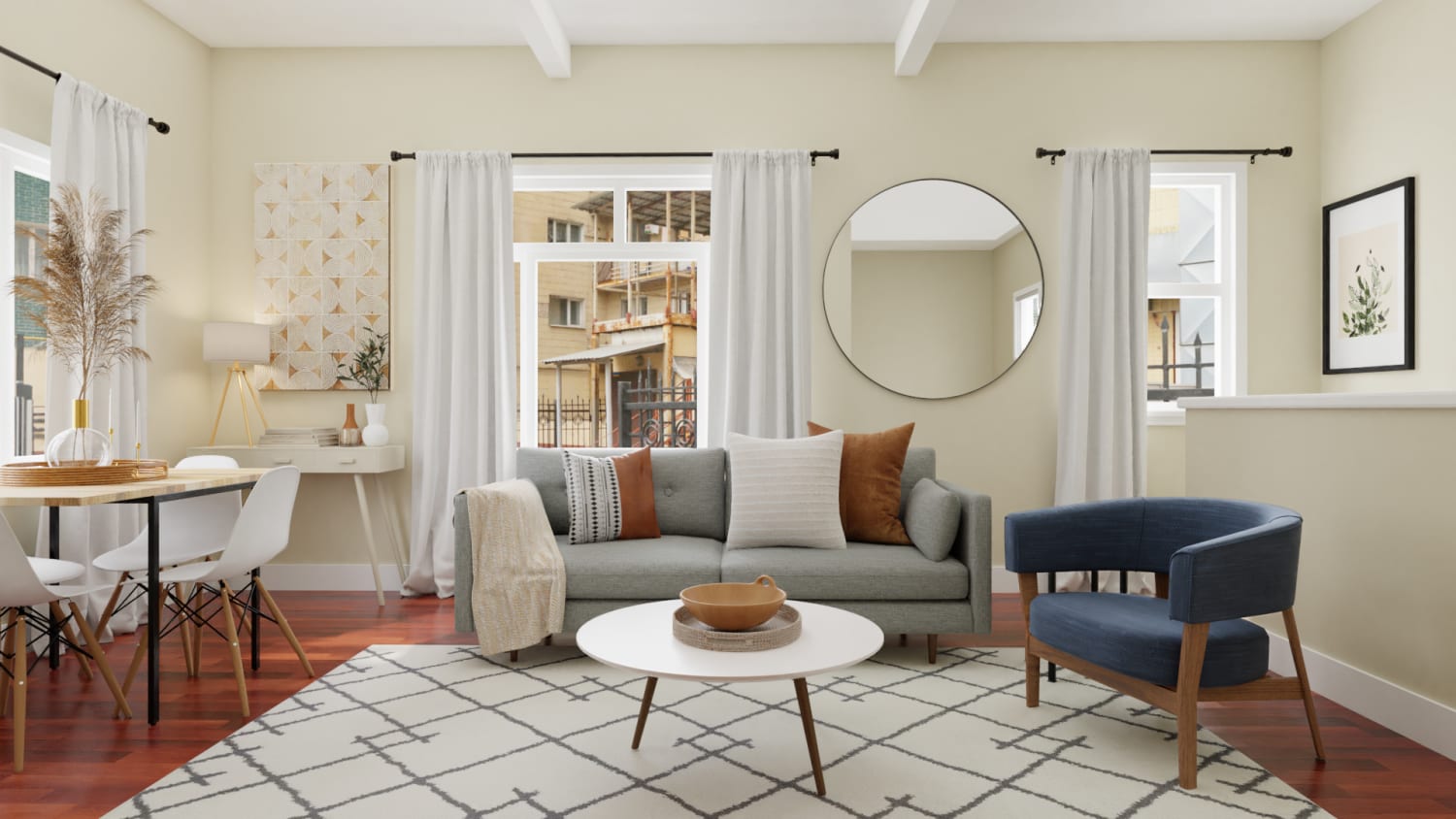





/169789002-58a723d63df78c345b930ec6.jpg)






:strip_icc()/0P9A9961-ec210c8c04384864be32be149de402c6.jpg)
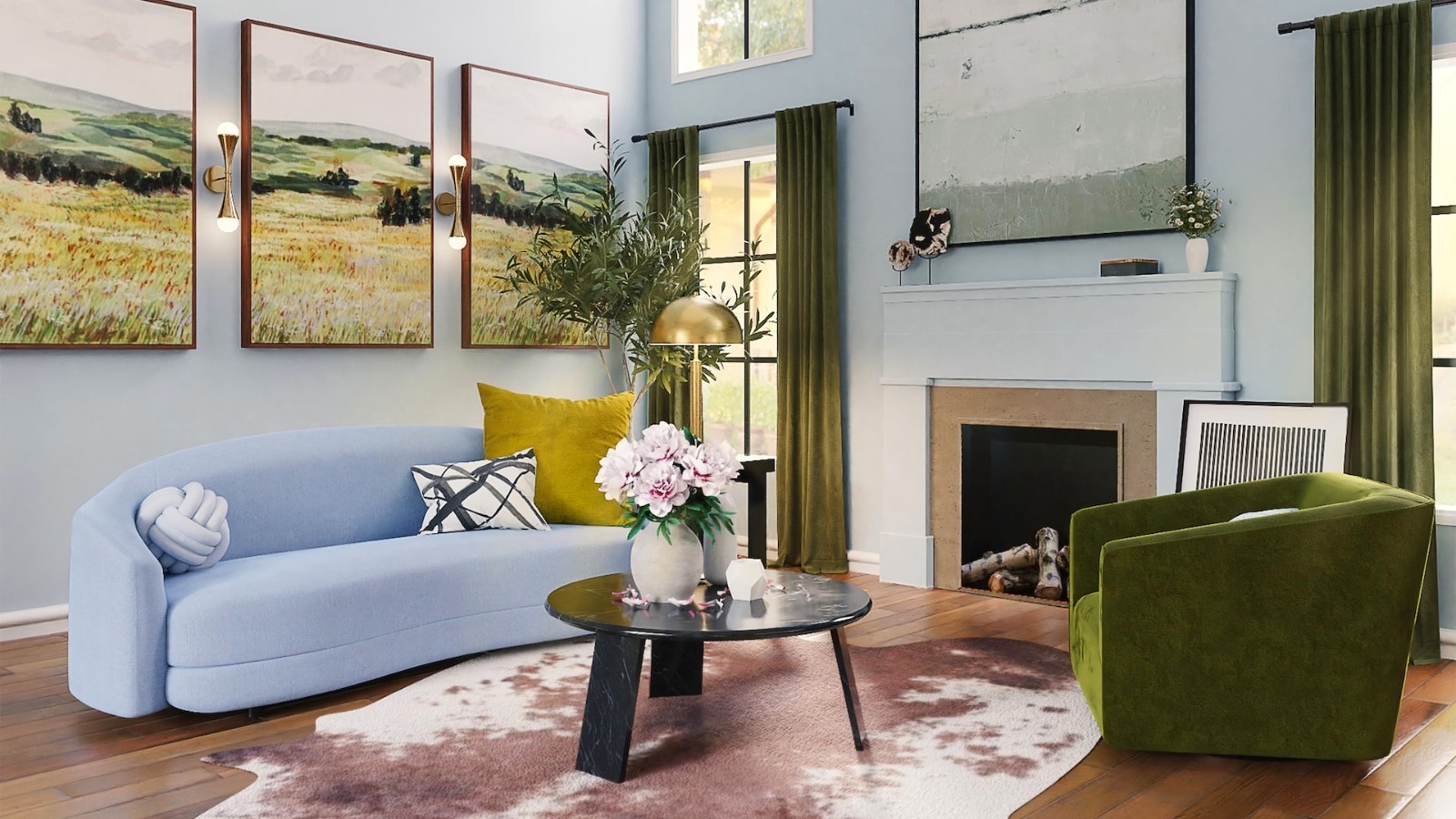




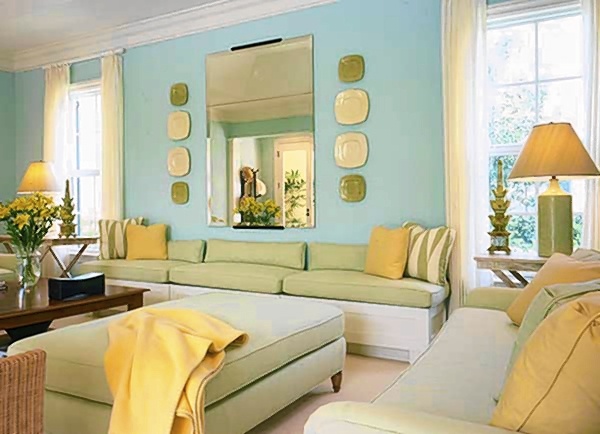
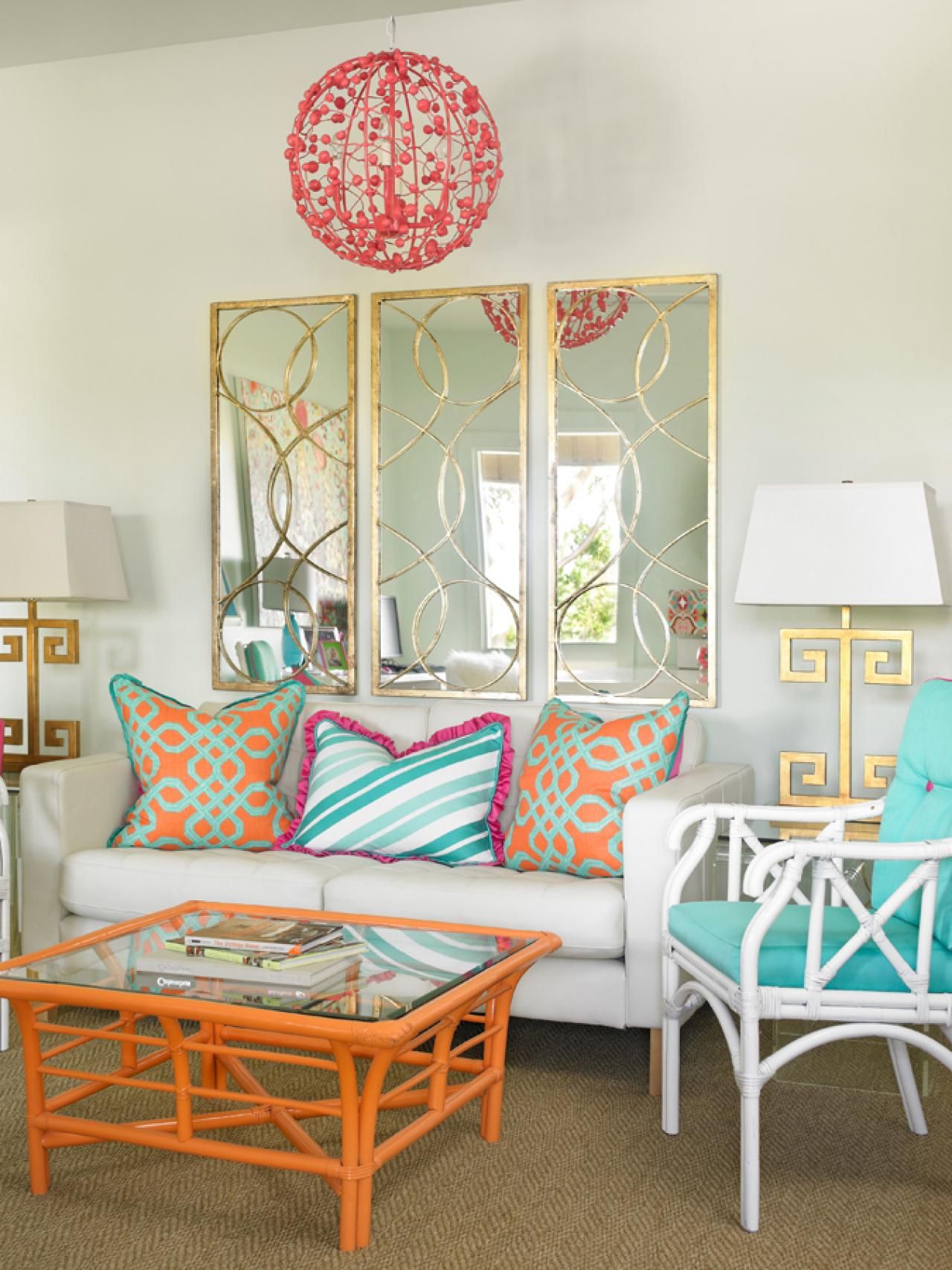


:max_bytes(150000):strip_icc()/maitegrandeprimary-f97f061fd68e4e6388cd204e92f00d03.jpeg)
:max_bytes(150000):strip_icc()/charitybeginsat-a06ee675ec574ebeb78e6663e58b8cf8.jpg)





